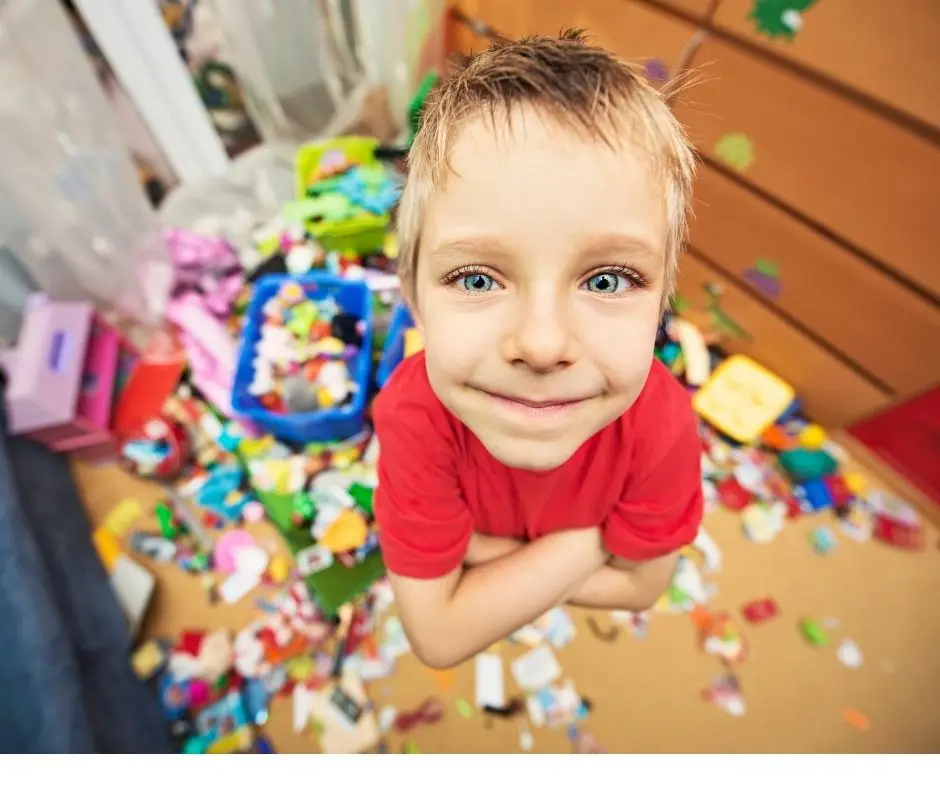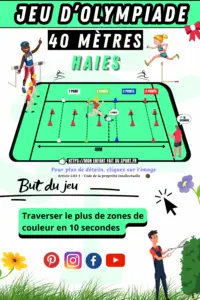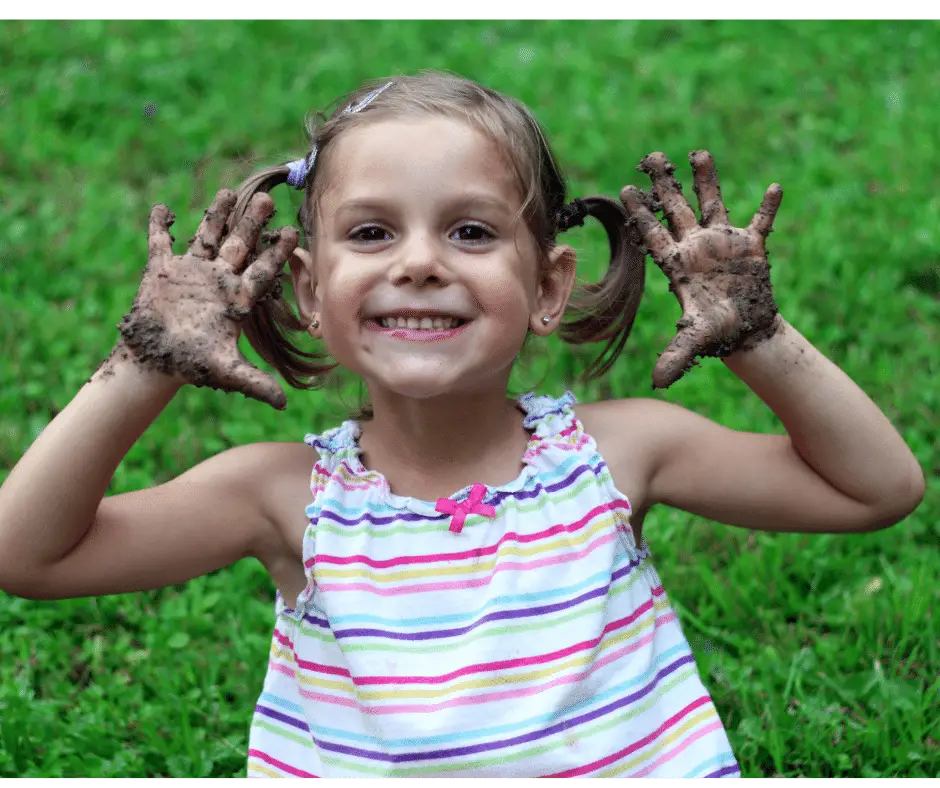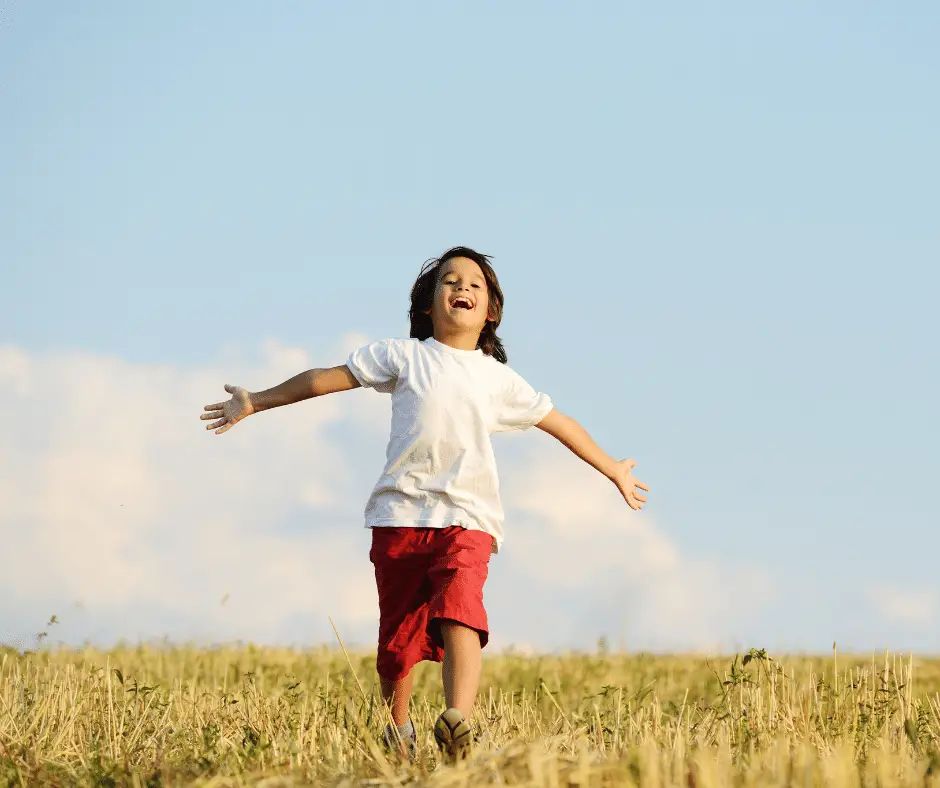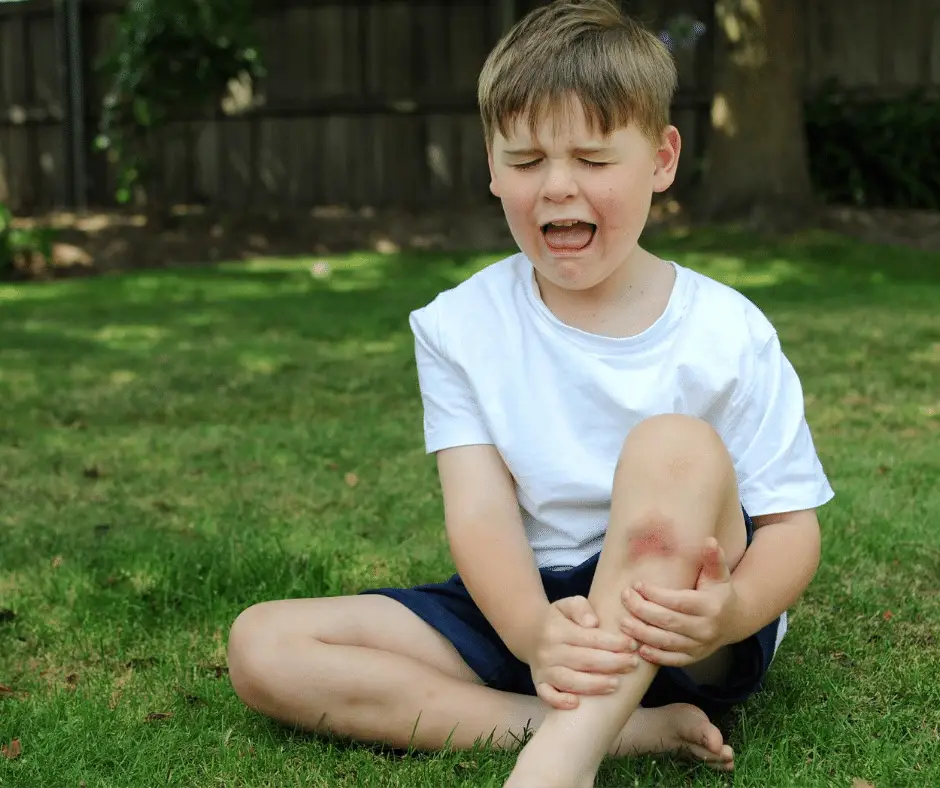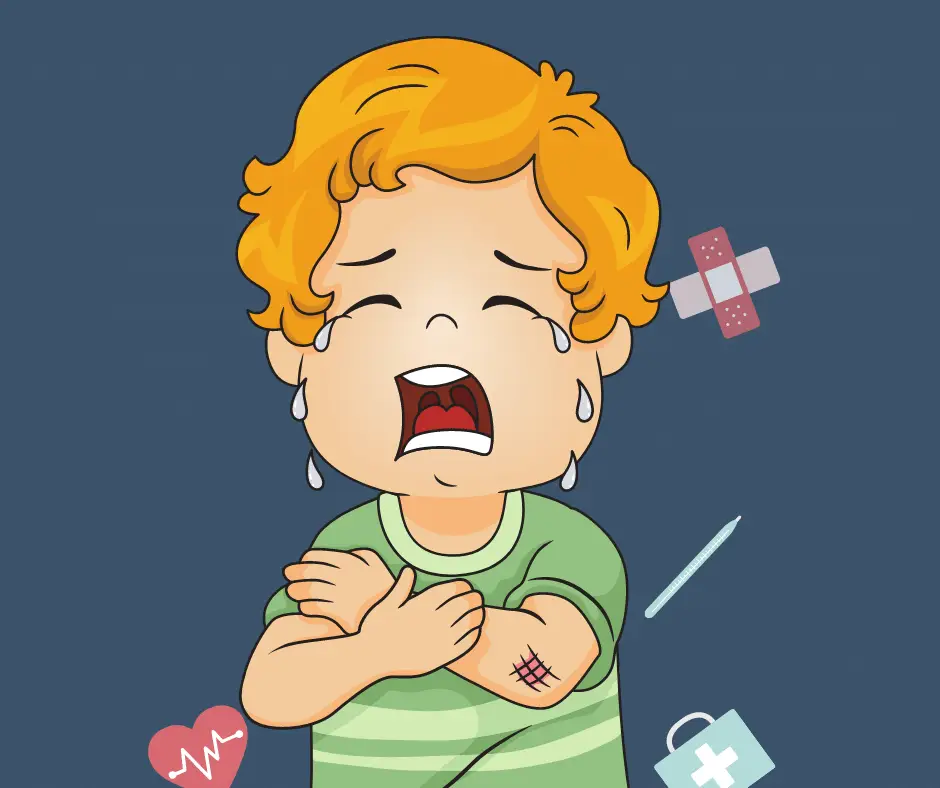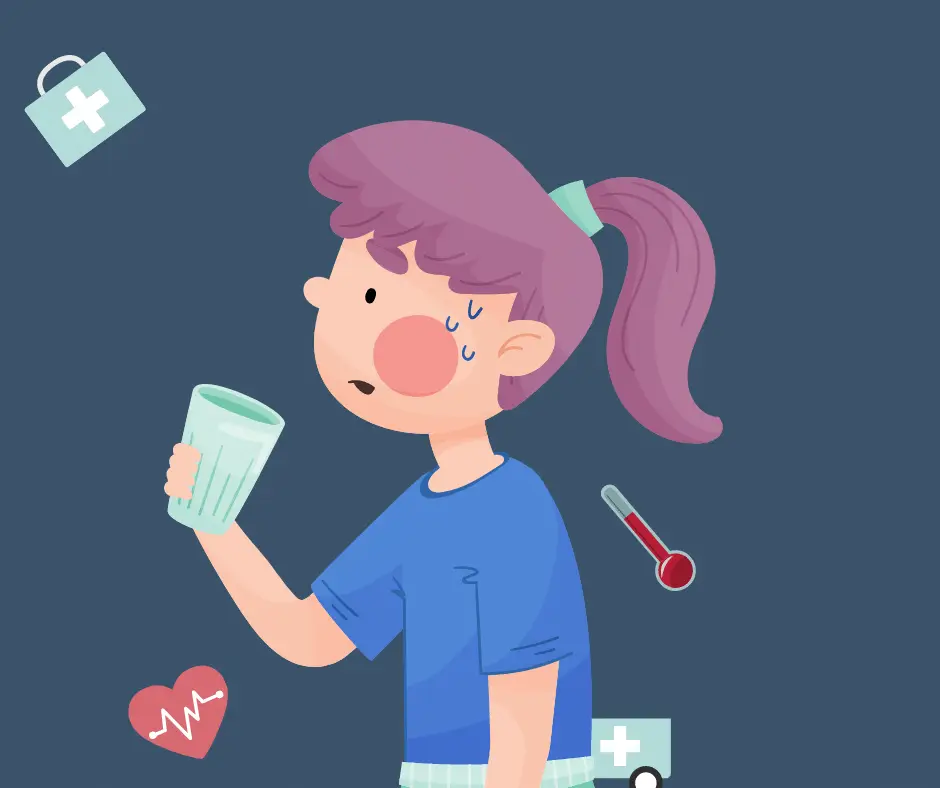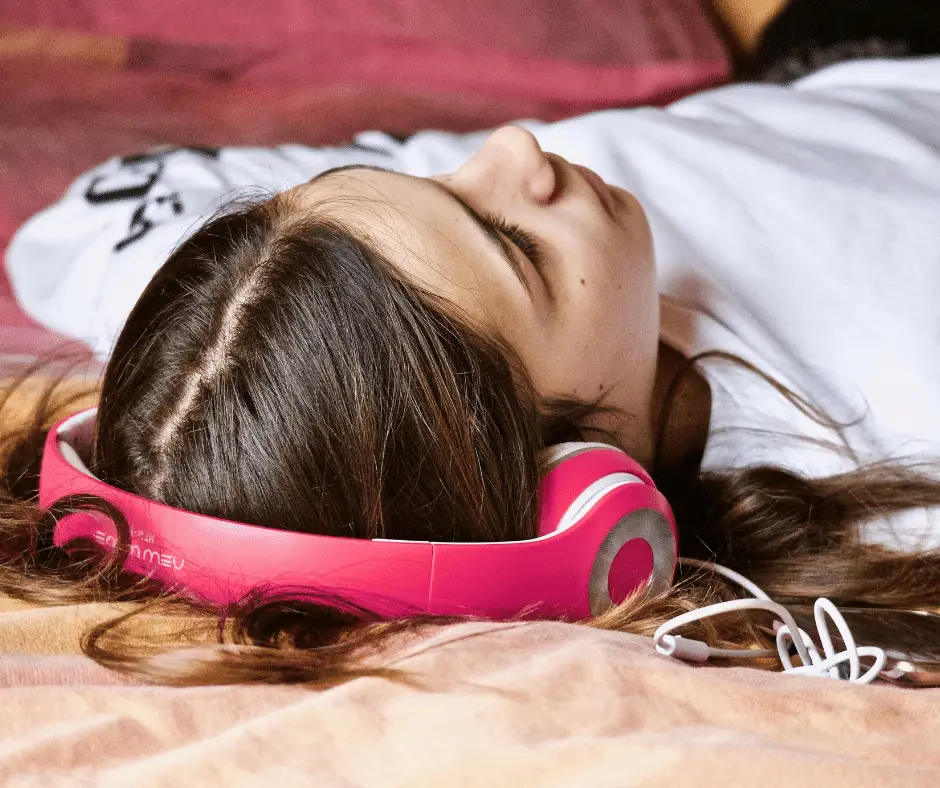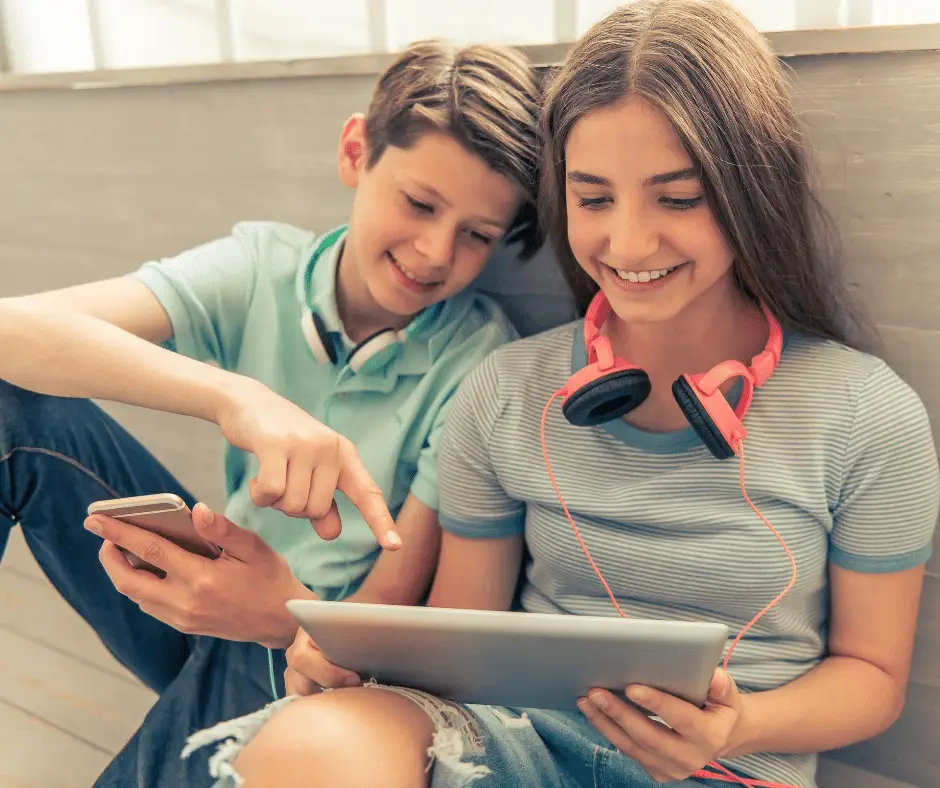how Channel your children's energy
7 tips
Naturally, a child needs to move, even if we adults want them to be calm all the time. It's natural for a child to be restless after a long day at school. So how do we deal with it?
What is excess energy?
Too much energy is reflected in body movements. Gestures that become jerky, preventing the child from concentrating and communicating with others.
His thoughts move from one to the other, and he no longer controls his emotions.
Find 7 tips for channeling your child's energy on Pinterest
How can I channel my child's energy?
According to child psychologist Florence Millot, the best way to channel your child's energy is to start by distinguishing between classic restlessness and what we call "over-energy ".
Then it's time tolook for the cause of the agitation. Why is my child excited? Why is he/she bursting with energy?
She also advises guiding the child in his need for movement, to frame his gestures and avoid any overflow.
How to guide the child's movement?
Take the initiative and suggest a game before he/she comes up with a crazy idea that will only increase excitement and perhaps mischief.
If you don't have any ideas, I've posted on pinterest several sports challengess that might interest you.
(They can all be used indoors and outdoors, and you're not limited by timing, since you decide when to stop).
Don't hesitate to subscribe to follow all the games I regularly update.
Why choose a game to channel my child?
Play helps to frame the child's movements and thus modulate, moderate and control his motor momentum.









Find all the Mon enfant fait du sport cards on Pinterest
I've created a practical guide to improve your children's learning while having fun!
Download educational tools here .
